Strategies for Multiple Disabilities
Below are posts related to Multiple Disabilities strategies.
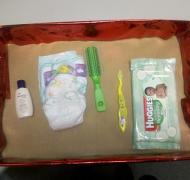 |
DIY Theme BoxesTheme boxes can be used to help children who are blind or visually impaired with multiple disabilities to develop basic concepts, expand language, and understand experiences. |
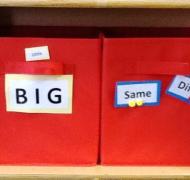 |
OppositesThis hands-on activity is designed to help young children who are blind or visually impaired or who have multiple disabilities to identify items that are same and different or big and little |
 |
Adapted Counting WorkThis counting activity uses a switch to reinforce the concept of 1:1 correspondence for children who are blind or visually impaired with additional disabilities. |
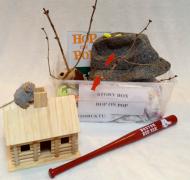 |
Dr. Seuss-Themed ActivitiesFun hands-on activities using Dr. Seuss books to teach concept development and literacy skills to children who are blind or visually impaired, including those w/ multiple disabilities or deafblindness |
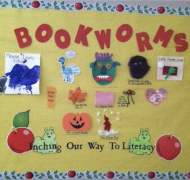 |
Inching Our Way to LiteracyTextures can be used to refer to the same book in different contexts for students who are blind or visually impaired with multiple disabilities. |
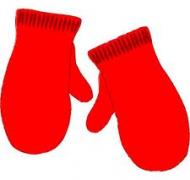 |
Story Box for "All You Need for a Snowman"This storybox is a fun winter activity for children who are blind or visually impaired, deafblind or multiply disabled. Uses real objects about winter |
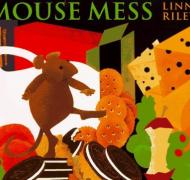 |
Modifying Books for Children with CVIMany picture books need to be modified for kids with Cortical Visual Impairment (CVI). Decreasing visual clutter and increasing contrast is a simple strategy. |
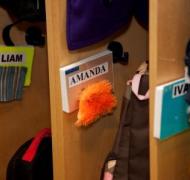 |
Labeling the Environment in an Accessible FormatLabeling items in the environment in an accessible format is important for developing literacy skills, as well as O & M or Orientation and Mobility for kids who are blind or visually impaired. |
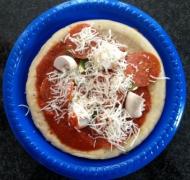 |
Making PizzaMaking pizza can be a functional and meaningful way to incorporate literacy skills for students who are blind or visually impaired, including those with multiple disabilities or deafblindness. |
|
|
Ten Scents of Christmas Sensory CardsThis multi-sensory game uses the Ten Scents of Christmas in a matching game, which can be adapted for children who are blind or visually impaired. |
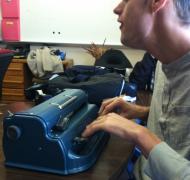 |
Motivating Older Adolescents Who Are Emerging ReadersThis strategy from a speech therapist is designed to help teachers find appropriate literacy instruction for students who have significant multiple disabilities in addition to their visual impairment. |
 |
Tactile Advent CalendarTactile advent calendar uses objects |
|
|
Squishy Bag - A tactile / multi-sensory approach to pre-writing and writing skillsThis multi-sensory tactile activity encourages children to develop handskills, including hand and finger strength, finger isolation, and squeezing. |
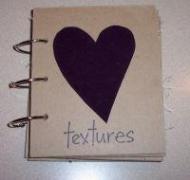 |
Make Your Own Touch Book!Learn how to make a touch book to promote tactile skills with children who are blind or visually impaired, deafblind or who have multiple disabilities |
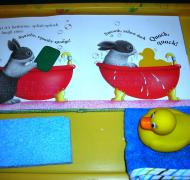 |
Beginning Story Box: Little Rabbit's BedtimeThis storybox presents simple familiar objects to illustrate the story of Little Rabbit's Bedtime. |
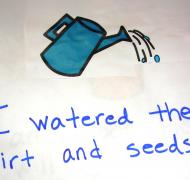 |
Experience Book About Planting SeedsThis experience story about planting seeds uses pictures, text in braille and print, and other tactile materials to share the story and sequence events. |
|
|
Beginning Books for Children with CVICreate books for children with cortical visual impairment (CVI) using simple materials with limited complexity. |
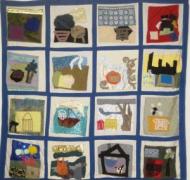 |
Tactile Quilts That Tell a StoryThere are many ways to tell a story and in this example students who are blind or visually impaired tell stories on tactile quilts. |
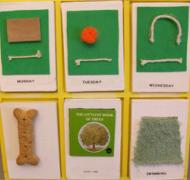 |
Individualized Adapted CalendarsIdeas for setting up individual calendars for students with visual impairments and additional disabilities |
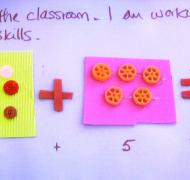 |
Counting in Tactile JournalsCreate tactile books or journals to work on counting and other early learning concepts with young children who are blind or visually impaired. |
